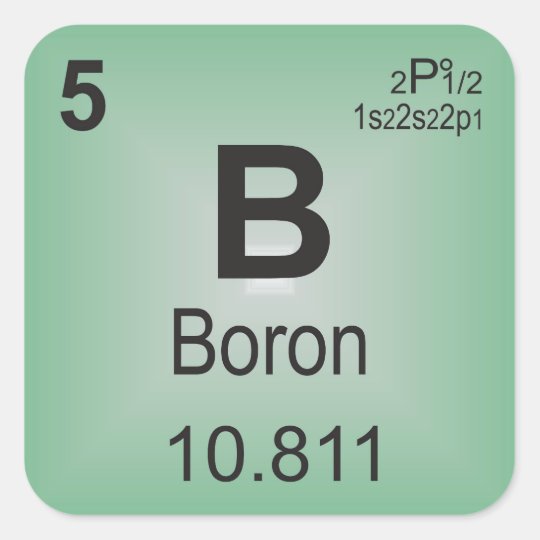tag represents an embedded object in an HTML document. In JavaScript, you can assign values to data attributes through Element.dataset. This will bring up a view of the rendered DOM. The body of the object element can be used to provide a complete text alternative for the object, or may contain additional non-text content with text alternatives. Using Firefox + Firebug or Google Chrome, you can right click on a part of a page and do Inspect Element.
You just have to change the outerHTML to overwrite the created by the insertCell method: var table document.createElement ('TABLE') var row table.insertRow (0) row.insertCell (0).outerHTML ' First ' // rather than innerHTML. Description The objective of this technique is to provide a text alternative for content rendered using the object element. Private List addressList = new ArrayList() You can also use the insertCell method as originally requested. Here's my controller and my entities: String getProfile(HttpServletRequest request, Model model) ) The DITA object element corresponds to the HTML object element, and attribute semantics derive from their HTML definitions. The debugger says it can't find the variable, however, I'm sure that the view has a binding object named 'user' because I use it else where in the front. However, I encounter the following exception: : Neither BindingResult nor plain target object for bean name 'addr' available as request attribute We’ll be closely working with objects and learning more about them in further parts of the tutorial.I'm using Thymeleaf with springboot 2.1.2, and I have a problem with Thymeleaf's th:each tag. Here we’ve just scratched the surface of a topic that is really huge. Sometimes people say something like “Array type” or “Date type”, but formally they are not types of their own, but belong to a single “object” data type. The exact nature of this group is defined by the scope and headers attributes.
They have their special features that we’ll study later. The HTML element defines a cell as header of a group of table cells. Each one of these three implementations has an alternative method that is, respectively, the img element, the iframe element and, with the arrival of HTML 5, the embed element. Error to store the information about an error. The object element represents external content, that can be either an image, a document (nested browsing context) or a resource loaded by a plugin.Date to store the information about the date and time,.Array to store ordered data collections,.Embedding we still use a lot, and for that we. There are many other kinds of objects in JavaScript: Today frames are only used on a very few and old websites, to some extent because the tag was removed in HTML 5. What we’ve studied in this chapter is called a “plain object”, or just Object. To iterate over an object: for (let key in obj) loop.To check if a property with the given key exists: "key" in obj.Square brackets allow taking the key from a variable, like obj. Property keys must be strings or symbols (usually strings).They store properties (key-value pairs), where: The prototype property allows you to add properties and methods to an object.
Objects are associative arrays with several special features. Reflects the number of elements in an array.



